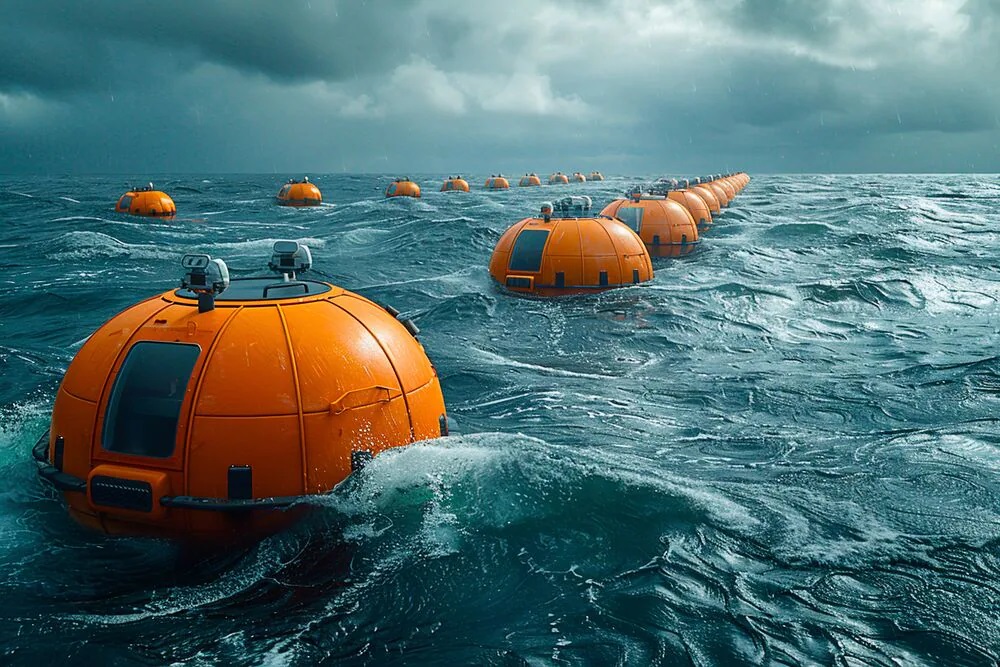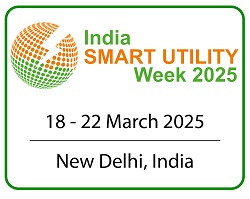Source : Mouser Electronics
The last decade has seen significant progress in adopting renewable energy sources. Solar and wind renewable infrastructure is now a familiar sight across the landscape, providing environmentally friendly energy sources that complement traditional energy generation methods. Consumers are increasingly conscious of the need to switch to more renewable energy sources, opting for electricity providers offering utility green tariffs.[1] Developing renewable energy sources has also been a critical topic for governmental and non-governmental agencies. For example, the US has announced plans to decarbonize the country’s power grid by 2035. Just recently, we have seen how plans for expanded renewable energy adoption are continually making progress. The US Department of the Interior’s 2025 goal of leveraging the nation’s 250 million acres of public land with more than 25 gigawatts of clean energy projects was surpassed in April 2024.[2]
As these initiatives expand and move forward, wave power shows great promise as a natural and renewable energy solution. In this blog, we will explore how wave power harnesses the kinetic energy of ocean waves to offer a sustainable alternative to traditional energy methods.
The Viability of Wave Power
Although solar and wind are well-established renewable energy sources, extracting power from waves is gaining industry support. Using the motion of the sea to convert kinetic energy into electricity promises to deliver a clean energy source that complements existing renewables. The world’s oceans are constantly in motion, offering an abundant source of power to harvest. Also, thanks to satellite remote sensing, the behavior of the world’s oceans is continuously monitored, offering the ability to model and predict wave and tidal patterns reliably. Compared to wind and solar deployments, wave energy harvesting techniques typically have a lower environmental impact and, when properly designed and located, will minimize the effects on marine life and coastal communities.
Wave Energy Harvesting Techniques
There are several methods for converting the kinetic motion of waves into electrical energy.
- Oscillating water columns (OWC): This approach uses the rise and fall of water in a cylinder or column to generate electricity. As waves enter the chamber, entrapped air within the column is compressed and used to drive a turbine-based generator.
- Overtopping turbines: These are mostly shore-based and designed to capture the energy from water flowing over a sill or threshold during high tides and storms. These are similar to the techniques employed in barrage-style turbines mounted on a sea floor in estuaries with high levels of water catchment and high tidal ranges.
- Point absorbers: Comprised of flaps, floats, and oscillatory devices typically anchored to the seabed, these wave energy converters (WECs) utilize various mechanical or hydraulic systems to generate electricity from wave motion.
CorPower Ocean: A Wave Energy Converter Inspired by the Human Heart
When it comes to point absorber WECs, one noteworthy example comes from CorPower Ocean.[3] Shaped like a navigation or marker buoy, each lightweight CorPack is anchored to the seabed and pre-tensioned downwards so that waves and swells push it upwards, with stored pressure providing the return force. This approach creates equal energy generation in each direction and, unless actively controlled, is naturally transparent to the ocean’s waves.
This energy solution from CorPower Ocean consists of a wave spring that amplifies the wave motion, a cascade gearbox that converts the wave’s linear motion into rotational motion, and a pre-tensioning cylinder inside the anchored composite buoy structure. An innovative phase control technology permits tuning the buoy’s motion to respond to changing sea conditions.
Each CorPack can generate up to 300kW and, when deployed as a cluster, provides a spatial energy density of 15MW/km2. Compared to an offshore wind farm that typically has a 7.2MW/km2 density, it is easy to see what makes this solution so promising.
Electronics Design Considerations
Designing the supporting control technology for a WEC requires serious attention to the environmental aspects of the deployment. Any equipment used in a marine environment is subject to salt water, a highly corrosive fluid that impacts any metal surface and is an effective conductor.
When preparing for deployment of a WEC, design engineers should pay close attention to the following factors:
- Environmental: The impact of a salt-laden environment is just one of many considerations. The anticipated temperature ranges a WEC may encounter is wide, which, combined with high humidity, may frequently result in condensation on colder surfaces. Conformally coating PCBs and enclosures with a high ingress protection rating, such as IP69K, is highly recommended. In extreme cases, module and PCB encapsulation may offer additional protection from the elements.
- Mechanical: The marine environment is hostile, particularly for WECs exposed to the fury of oceans. In the deployment process, a WEC control unit is subjected to mechanical shock and vibration forces during transportation to the site and while attaching to the seabed. This unit will suffer significant and sustained wave impacts throughout its operational life, stressing everything from cables to connectors and components. Keeping PCBs and cables securely fastened avoids flexing and vibrations, which are forces that, over time, will result in connection failures and damaged PCB traces.
Overall, given the extreme conditions in which the WEC will operate and the high costs of performing remedial servicing, all electronics should be designed for long-term reliability, using high-quality components. Additionally, the ability to incorporate redundant systems and sensors would create a more durable and highly resilient control system.
Conclusion
As we continue to journey toward new and sustainable energy solutions, wave power offers a promising opportunity. Harnessing the energy of the ocean can complement existing renewable energy options while providing unique advantages. With ongoing advancements in technology and a heightened focus on environmental sustainability, wave power is set to play a major role in the shift toward clean energy.
To learn more, visit www.mouser.com












